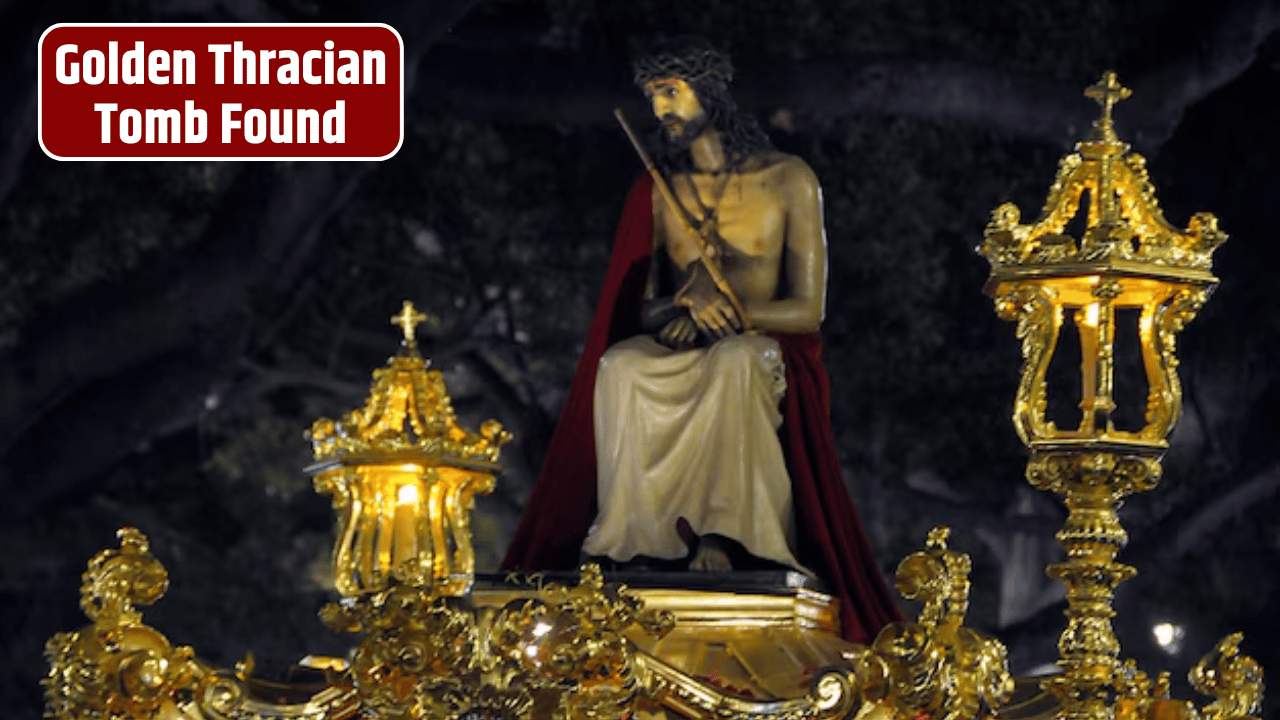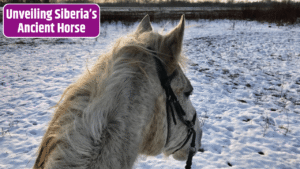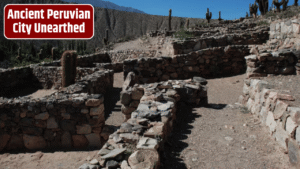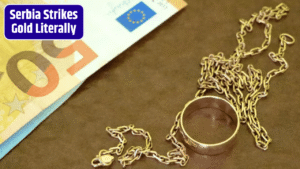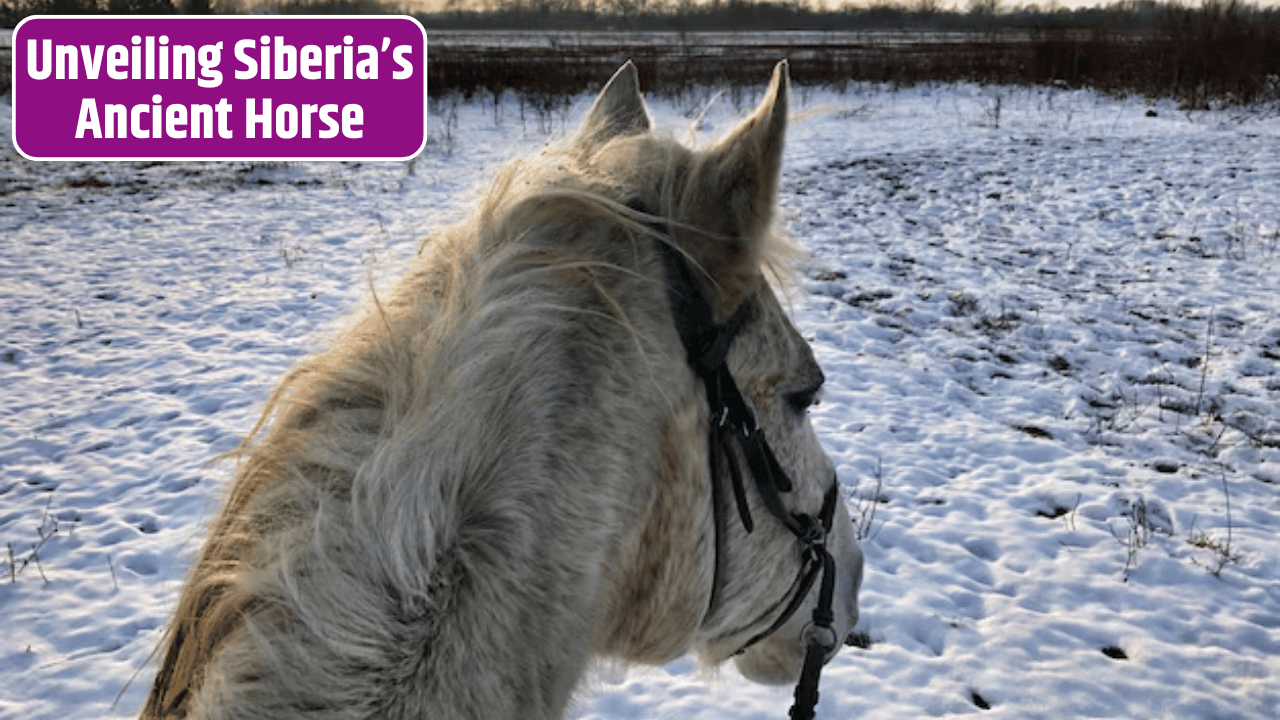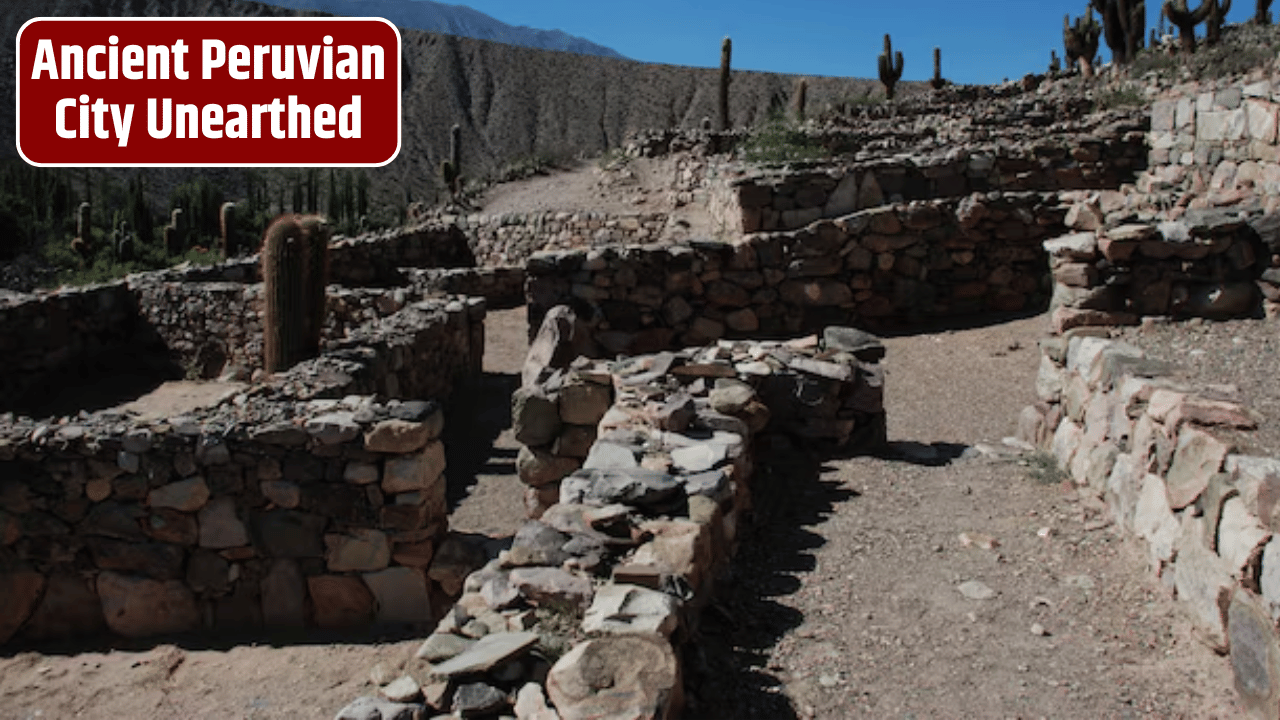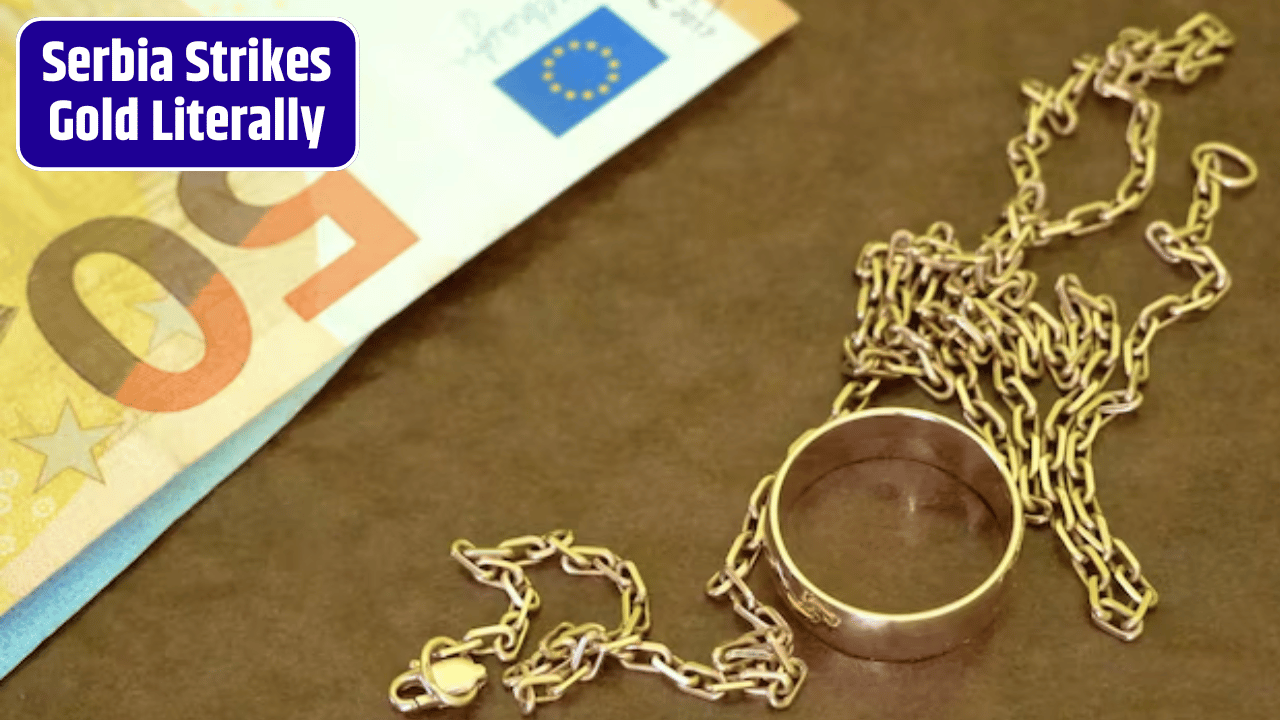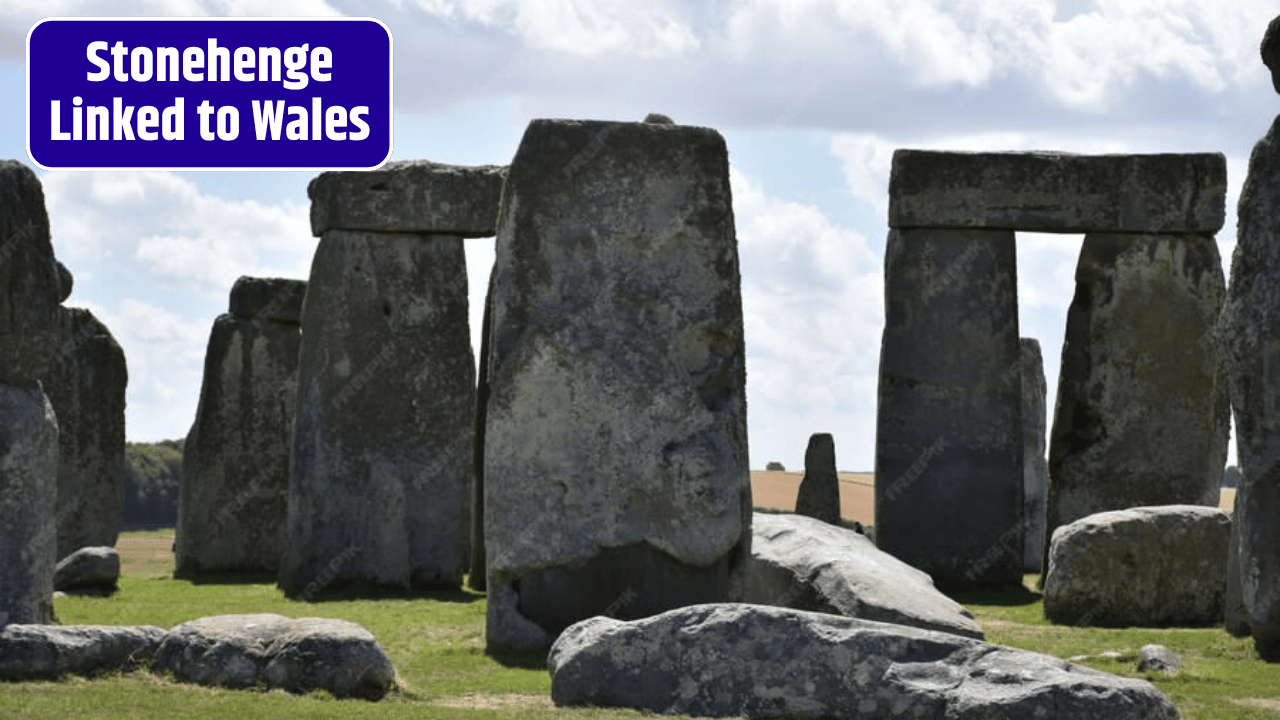In the sun-soaked hills of southeastern Bulgaria, where the Sakar Mountains rise softly against the horizon, archaeologists have stumbled upon a story buried for more than two millennia. Beneath a pair of ancient mounds lay the final resting place of a Thracian warrior—and not just any warrior, but a man so wealthy and revered that modern researchers have nicknamed him “The Lord of Sakar.”
His tomb, discovered during the construction of a solar park in 2024, has quickly become one of Bulgaria’s most spectacular archaeological finds in recent decades. And in a twist of irony, it was uncovered not by a treasure hunt, but by a clean-energy project.
Unearthing the Lord of Sakar
The excavation, led by the Bulgarian Academy of Sciences, began as a standard rescue dig near the town of Topolovgrad. But within days, the team realized they had found something extraordinary—two Thracian burial mounds dating to the late Hellenistic period, around 150–100 B.C.
One tomb belonged to a noblewoman, the other to a middle-aged warrior buried in full regalia. Together, they painted a vivid portrait of a society caught between worlds—Greek influence to the south, Roman power rising to the west, and Thracian traditions holding fast in the rugged Balkans.
Inside the warrior’s chamber, archaeologists uncovered a gilded silver crown, fragments of weapons, ornate jewelry, and the remains of his war horse, interred beside him with its own funerary honors. The richness of the burial—its gold ornaments, intricate bronze fittings, and finely crafted ceramics—suggested a man of immense stature, possibly one of the so-called “four warrior lords” who ruled the local tribes.
According to a statement from Topolovgrad Municipality, this is now considered the most opulent Thracian burial ever found in Bulgaria.
Symbols of Power and Afterlife
The artifacts from the tomb reveal a fascinating blend of Thracian and Hellenistic symbolism. The warrior’s crown was adorned with mythological motifs—griffins, serpents, and solar patterns—common in Greek mythology but reinterpreted through a Thracian lens. His armor and ceremonial objects suggest not only military prowess but also a deep connection to the spiritual world, where warriors were seen as intermediaries between mortals and gods.
His horse, too, was no mere animal—it symbolized strength, mobility, and divine favor. In Thracian belief, the horseman was a sacred archetype, representing the hero’s journey into the afterlife.
“The craftsmanship is breathtaking,” said Evelina Slavcheva, president of the Bulgarian Academy of Sciences. “These objects reflect not just wealth but a complex spiritual and artistic identity that Thracians carried into the Hellenistic world.”
The Noblewoman’s Tomb: A Parallel Story
In the neighboring mound, archaeologists found the burial of a young high-ranking woman, equally remarkable for its preservation. Her tomb contained a wooden chest inlaid with gold and gemstones, as well as two pairs of leather shoes—astonishingly intact after more than two thousand years.
She was surrounded by glass vessels, gold jewelry, and bronze mirrors—objects of beauty and ritual. Coins found nearby may have served as offerings to the gods or as symbolic payment for the journey to the afterlife, echoing ancient Greek burial traditions.
Together, the two burials reveal the social hierarchy of Thracian aristocracy, where wealth, ritual, and power intertwined.
From Soil to Showcase
The treasures were publicly unveiled on August 12, 2024, in Sofia at the National Archaeological Institute and Museum, in an exhibition titled “The Splendor of Hellenistic Gold: The Lord of Sakar.” The display—open until October 17—features more than a hundred artifacts, each restored to a glimmering reminder of Thrace’s golden age.
Visitors can see the gilded crown, finely wrought gold ornaments, and the remains of the warrior’s horse harness, offering a rare encounter with the artistry of a people often overshadowed by their Greek and Roman contemporaries.
Why It Matters
The Thracians were once the great mystery of the Balkans—renowned horsemen, traders, and warriors whose kingdoms bridged ancient Europe and Asia. Though they left no written language of their own, their burial mounds speak volumes.
Finds like the Lord of Sakar’s tomb not only deepen our understanding of Thracian society but also highlight its role in shaping regional history. This was a culture of sophistication and global connection, trading with Greek colonies on the Black Sea and adapting foreign influences into something uniquely their own.
For modern Bulgaria, the discovery is more than archaeological—it’s cultural. Each find reaffirms the country’s position as one of Europe’s richest ancient landscapes, a crossroads of civilizations that continues to yield breathtaking secrets from the soil.
Echoes from the Past
Standing before the Lord of Sakar’s crown—a delicate circle of hammered silver and gold leaves—it’s hard not to feel a sense of continuity. The same hills that now host solar panels once held the resting place of warrior kings.
For visitors, the exhibition is more than a showcase of ancient wealth—it’s a reflection on what endures. Ambition. Power. Craftsmanship. Memory. The symbols may have changed, but the human desire to leave a legacy remains the same.
The Lord of Sakar, armored in myth and accompanied by his loyal steed, still commands attention after 2,000 years. His story reminds us that beneath every layer of progress lies a deeper one—stories waiting to be rediscovered, polished, and retold.
FAQs
Who was the “Lord of Sakar”?
A Thracian warrior-aristocrat buried near Bulgaria’s Sakar Mountains around 150–100 B.C., whose tomb contained exceptional gold and silver artifacts.
How was the tomb discovered?
It was found accidentally during solar park construction in 2024, leading to an archaeological rescue excavation.
What makes this find unique?
It’s considered the wealthiest Thracian burial found in Bulgaria, featuring a gilded silver crown, weapons, jewelry, and a horse burial.
Where can the artifacts be seen?
At the National Archaeological Institute and Museum in Sofia, during the exhibition “The Splendor of Hellenistic Gold: The Lord of Sakar.”
